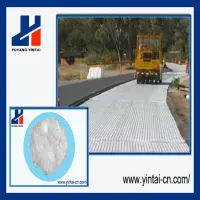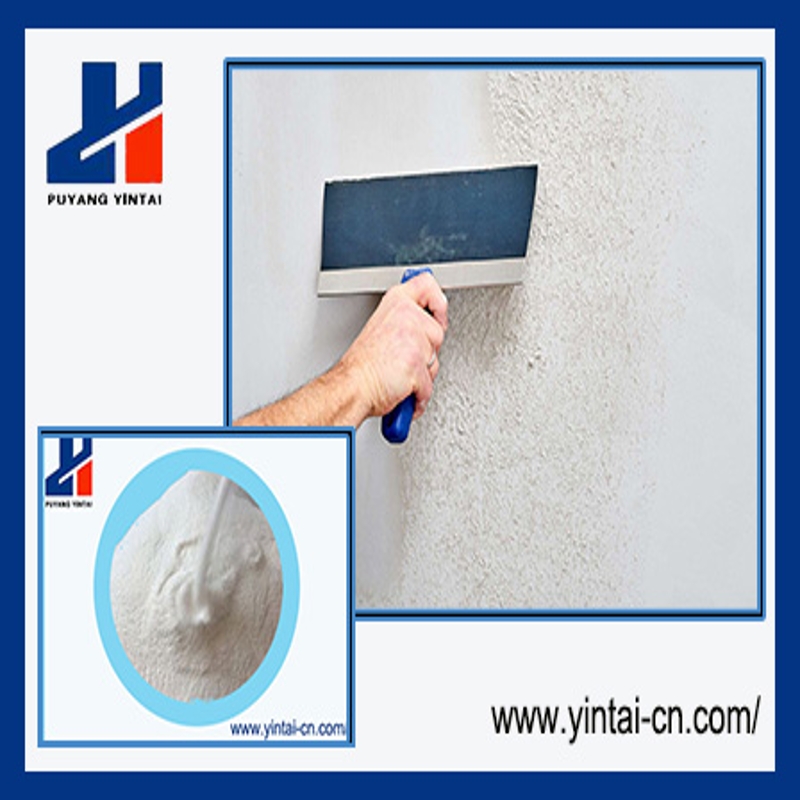-
Categories
-
Pharmaceutical Intermediates
-
Active Pharmaceutical Ingredients
-
Food Additives
- Industrial Coatings
- Agrochemicals
- Dyes and Pigments
- Surfactant
- Flavors and Fragrances
- Chemical Reagents
- Catalyst and Auxiliary
- Natural Products
- Inorganic Chemistry
-
Organic Chemistry
-
Biochemical Engineering
- Analytical Chemistry
- Cosmetic Ingredient
-
Pharmaceutical Intermediates
Promotion
ECHEMI Mall
Wholesale
Weekly Price
Exhibition
News
-
Trade Service
The photocatalytic oxidation equipment is simple, the operating conditions are easy to control, the oxidation capacity is strong, and there is no secondary pollution.
Therefore, it has broad application prospects in the treatment of various biologically refractory organic wastewater, comprehensive wastewater treatment and advanced treatment of domestic water.
At present , the semiconductor photocatalytic technology using TiO 2 as the photocatalytic material still has several key scientific and technical problems, which make it difficult to popularize and apply.
Among them, the most prominent problems are the following points
.
(1) The semiconductor photocatalytic reaction rate is not high.
The semiconductor carrier recombination rate is very high, resulting in the low quantum efficiency of the photocatalytic reaction.
The low photocatalytic reaction rate is the main reason hindering the industrialization of photocatalytic wastewater treatment technology
.
(2) The limitation of using solar energy The light absorption wavelength range of semiconductors is narrow, mainly in the ultraviolet region
.
The use of sunlight is low, accounting for only about 4% to 6%
(3) The reaction rate is not strongly dependent on the irradiance The photocatalytic reaction rate is not strongly dependent on the irradiance, and the energy utilization rate is low
.
Generally, the conversion efficiency of electric conversion into ultraviolet light required by the photocatalytic system is not more than 20%, and the light quantum yield is not higher than 5% when the electro-generated light source is used to decompose pollutants in the air or water.
(4) The effect of high-concentration wastewater treatment is unsatisfactory.
High-concentration organic wastewater, especially dye wastewater, is affected by light transmittance.
As the concentration of organic matter increases, after a certain limit is exceeded, the reaction rate will decrease, and may produce Some toxic intermediate products
.
(5) The design of the photocatalytic reactor is imperfect.
Due to the complexity of the photocatalytic reaction process, the study of its theory and model is not perfect, so the design of the reactor needs further research
.
(6) The lack of identification of intermediate products and active species in the study of reaction mechanism.
Due to the limitation of detection methods, most of the mechanism studies are still in the stage of assumption and speculation
.
Moreover, most of the inspections of organic matter are limited to single components, which are far away from the actual complex multi-component situation.
Related links: Other applications of TiO2 photocatalytic oxidation







